NINGXIA, CHINA—During a new examination of stone tools uncovered in northwest China in 1980, archaeologists found an engraved artifact and examined its incisions with a digital microscope. Each line was made without repeated cutting, and so may have been used for counting or recording. “The blade technology was probably introduced from the Altai region of Russian Siberia, and the flake technology is typical of the Late Paleolithic in north China. So, who created the incisions, the migrants from the west or the aborigines in north China? At this time, we cannot provide a clear scenario,” said Gao Xing of the Chinese Academy of Sciences.
Engraved Artifact Identified in Northwest China
News December 28, 2012
Recommended Articles
Off the Grid November/December 2025
Bighorn Medicine Wheel, Wyoming
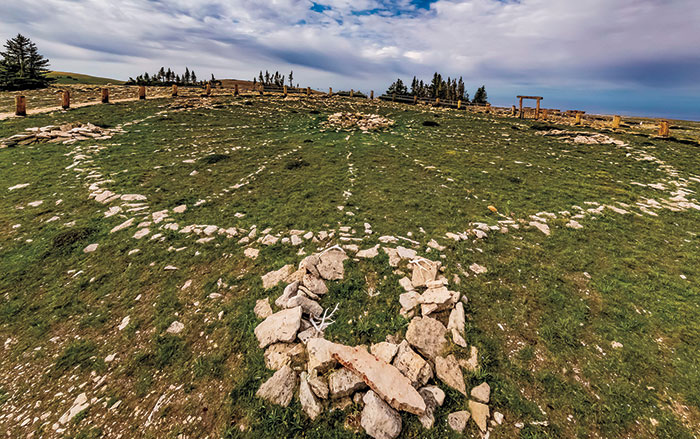
Letter from Mongolia November/December 2025
Building the Black City
Why the nomads of the Uighur Empire constructed a medieval urban center like no other
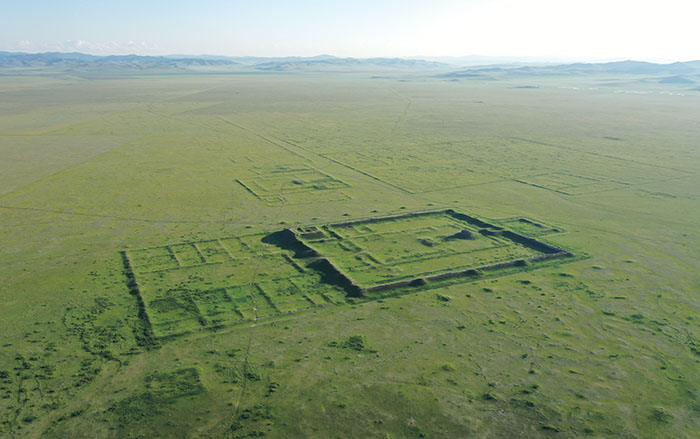
Digs & Discoveries November/December 2025
In His Majesty's Secret Service
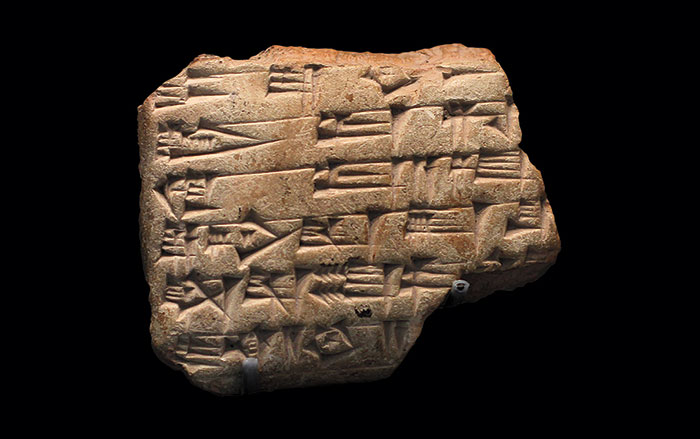
Digs & Discoveries November/December 2025
Washington Risks It All

-
Features November/December 2012
Zeugma After the Flood
New excavations continue to tell the story of an ancient city at the crossroads between east and west
 (Hasan Yelken/Images & Stories)
(Hasan Yelken/Images & Stories) -
Letter from India November/December 2012
Living Heritage at Risk
Searching for a new approach to development, tourism, and local needs at the grand medieval city of Hampi
 (Gethin Chamberlain)
(Gethin Chamberlain) -
Artifacts November/December 2012
Beaker Vessels
Ceramic beakers were the vessels of choice for the so-called “Black Drink” used at Cahokia by Native Americans in their purification rituals
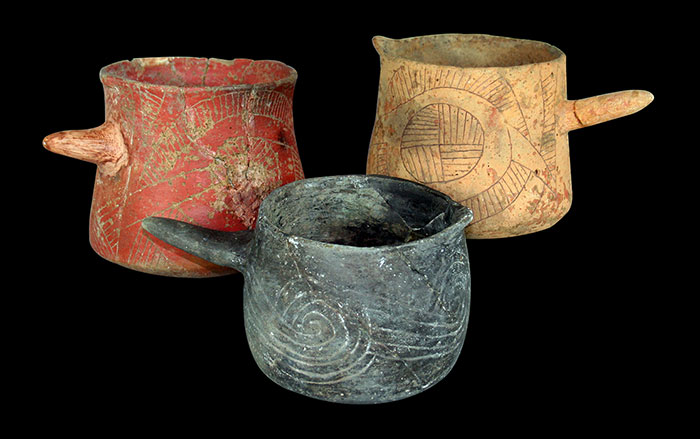 (Linda Alexander, photographer, use with permission of the Illinois State Archaeological Society)
(Linda Alexander, photographer, use with permission of the Illinois State Archaeological Society) -
Digs & Discoveries November/December 2012
The Desert and the Dead
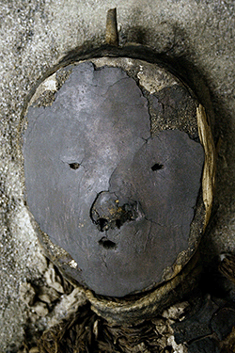 (Courtesy Bernardo Arriaza)
(Courtesy Bernardo Arriaza)


